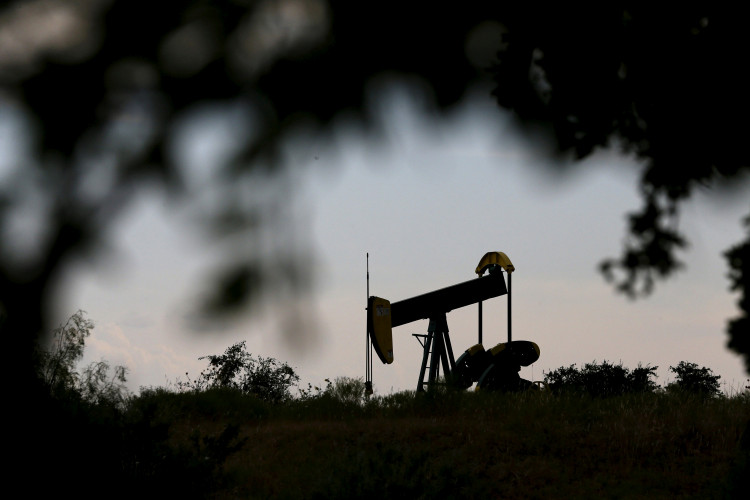In a move that has heightened inflationary concerns in the West, Russia and Saudi Arabia, two major oil-producing nations, have continued their voluntary production cuts this month. This decision comes after Brent crude surpassed the $90 per barrel mark in September, signaling that the tightening supply situation is set to persist, adding more variables to the inflationary pressures faced by Europe and the U.S.
On Wednesday, October 4th, just hours before the OPEC+ ministerial monitoring committee meeting, both Saudi Arabia and Russia released statements affirming their commitment to voluntarily reduce oil production until the end of the year to maintain market stability.
However, despite the announcement, oil prices dipped due to factors such as a strong U.S. dollar. WTI crude fell by 2.0% during the day, settling at $87.38 per barrel, while Brent crude dropped by 1.5% to $89.52 per barrel.
Saudi Arabia confirmed its intention to continue its voluntary reduction of 1 million barrels per day in November, extending it through December. The nation's production for November and December is estimated to be around 9 million barrels per day. The Saudi Energy Ministry stated that this measure aims to bolster the efforts of OPEC+ member countries in maintaining stability and balance in the oil market.
Russian Deputy Prime Minister Alexander Novak also indicated that Russia would maintain its reduction of 300,000 barrels per day this month and reiterated plans to continue curbing exports until the end of the year. Novak mentioned that Russia would review its oil supply next month, considering further reductions or increases based on market conditions.
Since mid-June, both Russia and Saudi Arabia have been voluntarily reducing production beyond the requirements of the OPEC+ agreement. Since July, Saudi Arabia further reduced its daily oil production by 1 million barrels, pushing Brent crude prices up by 20% to over $90 per barrel.
The reduction in supply has tightened the market, causing oil prices to rebound and inventories to decrease. However, concerns about potential interest rate hikes by the Federal Reserve and a soaring U.S. dollar have made commodities seem overpriced to many buyers. This, combined with a significant rise in U.S. bond yields, has put a damper on the recent bullish trend in oil prices, though Brent crude continues to fluctuate around $90.
ANZ Bank analyst Adelaide Timbrell noted in a report that the recent decline in crude oil prices was due to concerns about demand arising from the prospect of tighter monetary policy. She believes that this reversal might be "one of the reasons OPEC+ decided to maintain production cuts today."
Meanwhile, the market anticipates a rapid decline in crude oil inventories, including those at the U.S. Cushing storage hub. Estimates released by the American Petroleum Institute on Tuesday showed a slight increase in crude oil inventories at the Cushing storage facility in Oklahoma last week, but a decrease nationwide. According to the EIA report, Cushing's crude oil inventories have declined for 12 out of the past 13 weeks.
Insiders suggest that when Cushing's inventory drops to the 20-25 million barrel range, traders will begin discussing the issue of inventory bottoms. Some market veterans are concerned that the inventory has been drawn down excessively, and the Cushing region's crude oil inventory is being depleted.
European energy supplies, reliant on U.S. exports, are also affected by the decline in U.S. oil inventories.
Furthermore, it's worth noting that despite the continued production cuts by Saudi Arabia and other OPEC+ alliance members to support the market, OPEC's oil production increased for the second consecutive month in September. Nigeria and Iran saw the largest production increases. Last month, OPEC's daily production was 27.73 million barrels, up 120,000 barrels from August. The main reason for the increase in September was Nigeria, which has been grappling with oil theft and security issues in its oil-producing regions. Iran also increased its production, reaching its highest level since 2018.






